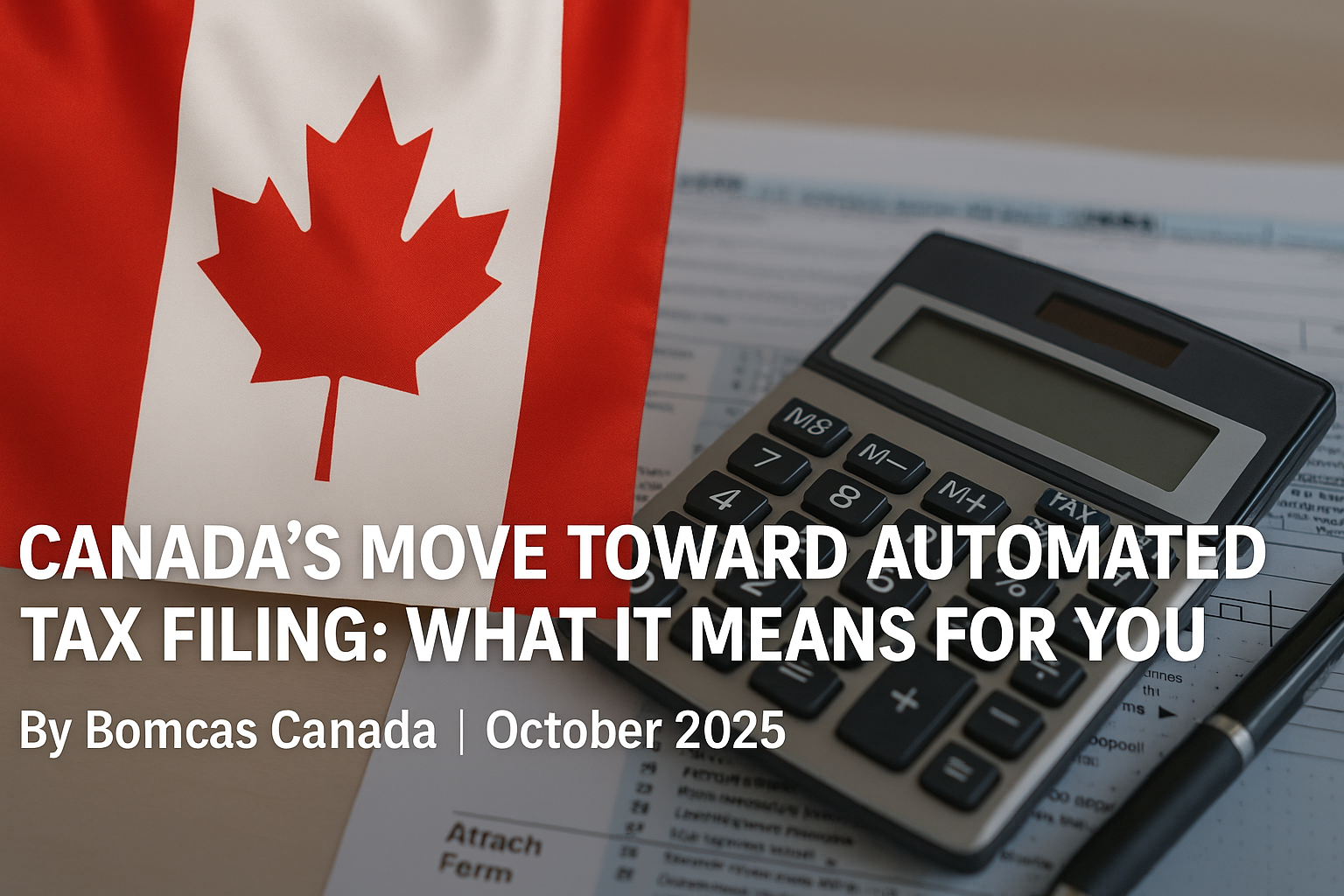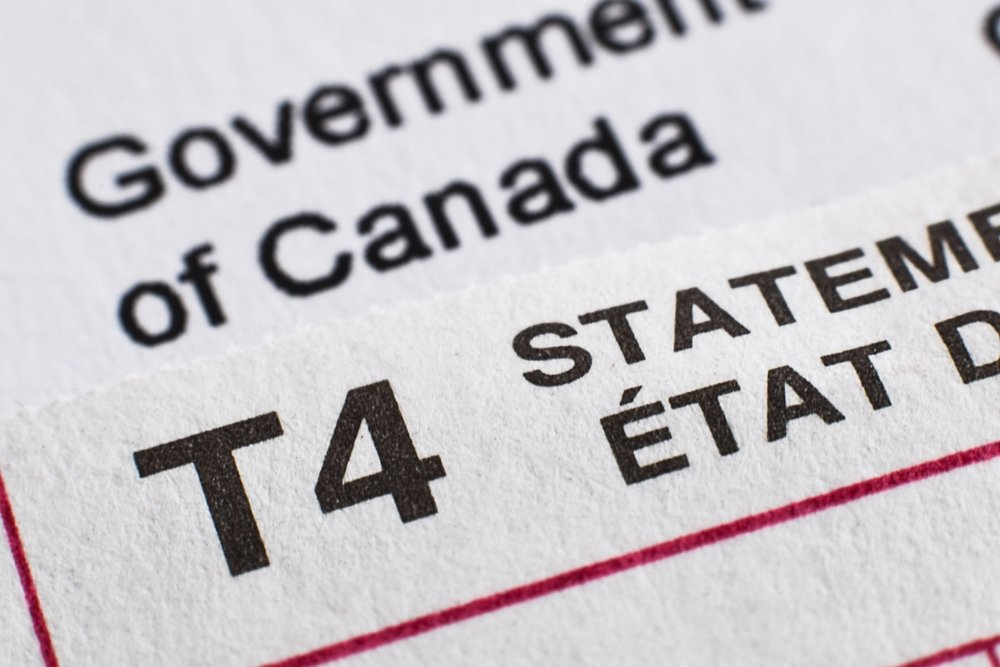Canada Corporate Tax Guide is a comprehensive, step-by-step guide for Canadian taxpayers. It’s written in an intuitive and easy-to-use manner and is structured to mirror the corporate tax return and tax provision preparation process. It features quick-reference tables and text boxes that highlight key concepts. It includes references to relevant sources, court cases, corporate tax return schedules, and page and line numbers. It’s also available on Taxnet Pro.
A capital loss is deductible against taxable capital gains
In the United States, a capital loss can be deducted against taxable capital gains. The deduction is based on the amount of capital gain or loss that an individual has incurred. To qualify for the deduction, the loss must have occurred during the same period of time as the gain. In the case of a capital loss, the gain must be longer than one year.
A capital loss occurs when the value of an investment is lower than the cost of the asset. It can only be deducted if the asset was sold – an unrealized loss does not count against taxes. Moreover, it applies only to investments and not to personal-use items.
Capital losses can be short-term or long-term. Short-term losses are generally the most beneficial when looking for a tax loss. But the rules vary from state to state. Generally, short-term losses are first used to offset short-term gains. Short-term gains are taxed at a higher marginal rate.
The expansion of the capital loss deduction limits may help the economy by increasing stock market values and investor confidence. However, the expansion of the loss limit favors high-income individuals. This is because most stock shares held by middle-income people are in retirement savings plans, which are not subject to the capital loss limit. Besides, statistics show that only a small fraction of individuals in most income groups experience losses.
CCPCs receive preferential tax treatment
CCPCs receive preferential tax treatment, particularly in Saskatchewan, where the corporation’s active business income is limited to CAD500,000. However, these corporations may be subject to other taxes, including federal and provincial goods and services tax, municipal taxes, land transfer taxes, and withholding taxes. They may also be eligible to benefit from the small business deduction, which gives them preferential federal tax rates on the first CAD500,000 of active business income.
CCPCs are eligible to benefit from a favorable tax rate of 25 per cent on the first $500,000 of qualifying active business income. This amount is called the SBD and must be shared by all CCPCs and their associated corporations. The SBD is further reduced for CCPCs that have investment income. This amount is lowered by $5 for every $1 of investment income over $50,000.
Investment income earned by CCPCs will reduce the small business income limit, even if the shareholder is in the top marginal tax bracket. This is due to the fact that investment income earned by a CCPC is subject to tax rates higher than the shareholder’s marginal income. However, this issue can be resolved by the government creating a new account for investment income, called the refundable tax account (SBD). However, the solution will involve allocating the source of investment income.
Dividends paid by a CCPC are taxed at a much lower rate than those received by an individual. Similarly, a CCPC may also hold shares in non-CCPCs and receive eligible dividends from those companies. The non-CCPC dividends are tracked in a pool called the General Rate Income Pool, or GRIP.
CCPCs are taxable on worldwide income
The Canadian tax law imposes a tax on the worldwide income of CCPCs. For example, if a Canadian corporate fund invests in a foreign affiliate earning FAPI and a CCPC invests in U.S. rental property, the foreign tax on the investment income breaks the integration model. As a result, the overall tax cost of the investment income increases.
If a CCPC has an active business in Canada, the Canadian government offers certain tax benefits. For example, the tax rate is low on qualifying active business income. In addition, CCPC shareholders can benefit from a lifetime capital gains exemption. However, CCPCs are also subject to additional refundable taxes on most investment income. These taxes reduce the deferral advantage of the CCPC. In Canada, the combined personal and corporate tax rate is approximately fifty-five per cent.
CCPCs can be a tax-efficient way to invest in foreign assets. For example, if a CCPC owns 100 per cent of a foreign corporation, it can hold a controlling interest in it. The dividends earned by the CCPC can be distributed to the owners of the foreign corporation.
The proposed changes will apply to taxation years ending after Budget Day in 2022. An exception will apply if the CCPC is acquired by an arm’s-length purchaser. The year-end exception will also apply to agreements entered into prior to Budget Day. CCPCs should take steps to mitigate the CRA’s proposed changes.
The investment income generated by CCPCs is taxed to the shareholder in the year in which it is earned. The foreign tax paid is deductible. The deduction is calculated by dividing the foreign tax amount by the relevant tax factor.
CCPCs are subject to a federal tax rate of 9%
CCPCs can use the Small Business Deduction (SBD) to reduce their federal tax rates from 15% to 9% on the first $500,000 of active business income. However, the Business Limit phaseout applies if the corporation has an aggregate investment income between $50,000 and $150,000.
CCPCs can claim these deductions only on eligible property and they are subject to time limits. However, the new proposal would not impact other enhanced deductions for CCPCs. CCPCs can also claim a deduction for qualified machinery and equipment in their manufacturing or processing businesses.
A CCPC can be either a corporation or a partnership. Both have their advantages and disadvantages. CCPCs can receive a 9% deduction if they have a single owner. For example, a CCPC with one owner can invest $1 million in a passive investment and earn interest income of 9% of the amount. The company can also make profits on its main business, but the tax rate on passive investment income is 50%.
CCPCs can also receive an enhanced ITC rate of 35% on qualified SR&ED expenditures. However, the expenditure limit may be reduced if the corporation is associated with another corporation, or if the corporation has taxable capital employed in Canada during the previous calendar year.
A CCPC can qualify for the ITC if its taxable capital does not exceed $50 million. The amount of taxable capital and the taxable income limits for each entity are specified in Appendix A. In addition, the CCPC must have taxable income in the preceding year, and the amount cannot exceed the CCPC’s qualifying income limit.
CCPCs are required to file a tax return
If you are a CCPC, you need to file a tax return. Whether this is a monthly or yearly form will depend on the specifics of your business. For example, if your revenue is more than CAD 1 million, you must file an annual tax return. Similarly, if you file more than 50 annual returns, you must e-file your CIT returns. If you fail to do this, you can expect a penalty. In most cases, you must pay your tax in installments each month, although some CCPCs may opt to pay installments quarterly. The balance payable is generally due on the second business day after the end of the tax year.
CCPCs are subject to certain benefits under the ITA, including a low rate of tax on active business income. They can also enjoy lifetime capital gains exemptions. However, they also face additional refundable taxes on most investment income. Because of this, the deferral advantage that CCPCs have is reduced significantly. In addition, the combined federal and provincial corporate tax rate is currently approximately 50%.
Corporations must file a tax return even if they are small. This is because CCPCs are not considered public companies and can benefit from a lower federal income tax rate. For example, if you have a taxable capital of less than C$15 million, you qualify for the Small Business Limit of C$250,000 and pay no tax on the first C$500,000 of taxable income. This is a welcome change for small and medium-sized businesses in Canada.
Budget 2022 proposes several changes to CCPCs’ taxation, including changes to the tax treatment of investment income. The proposed changes to CCPCs’ foreign accrual property income regime will eliminate the tax deferral that can be achieved through controlled foreign affiliates.










 View Our Location
View Our Location





 181 Meadowview Bay, Sherwood Park, AB T8H 1P7, Canada (Online Clients Only)
181 Meadowview Bay, Sherwood Park, AB T8H 1P7, Canada (Online Clients Only)